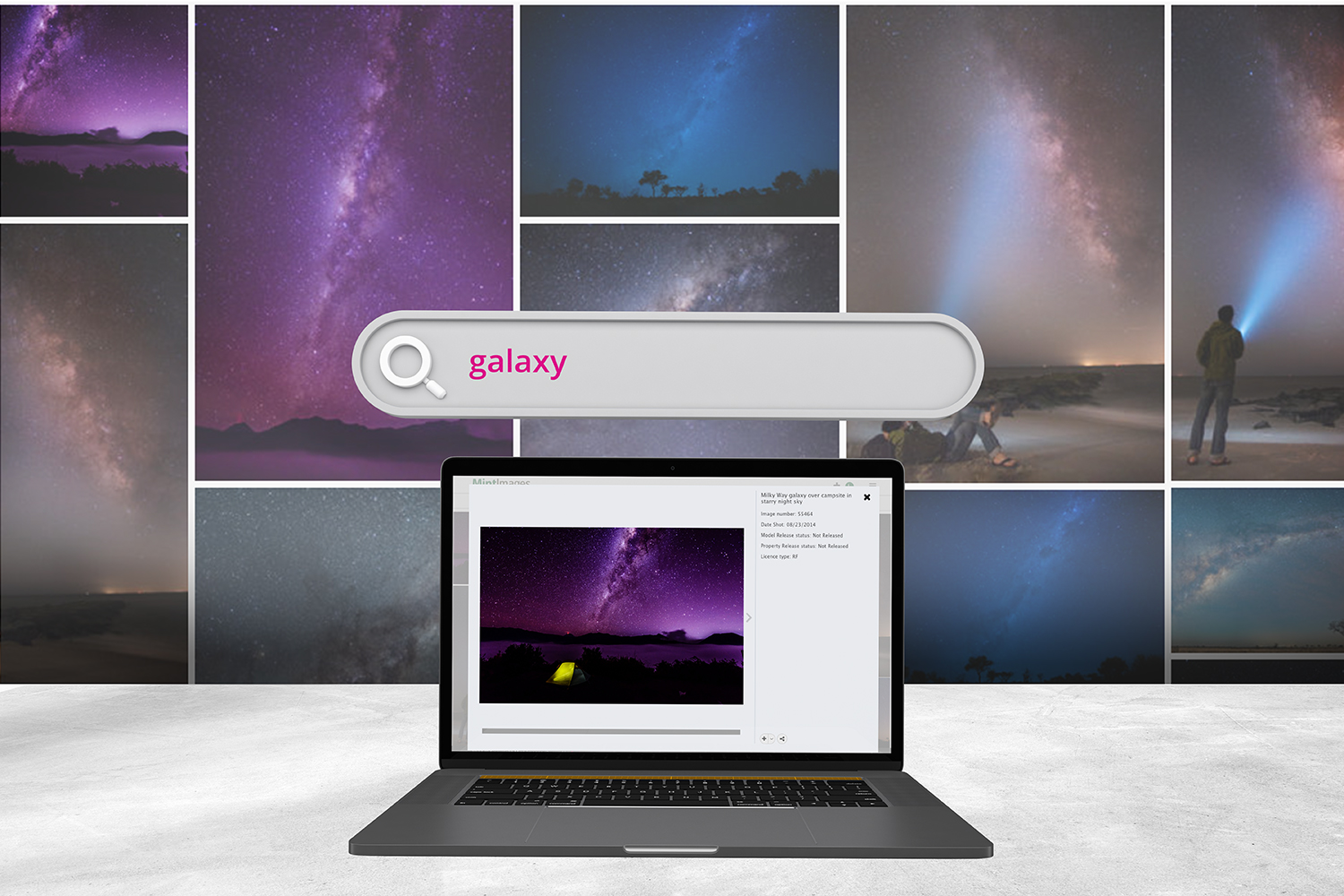The right software can be revolutionary for a business.
Take Digital Asset Management, for example: in an increasingly crowded marketplace, the demand for rich media is growing. It’s how you stand out from the competition. With the demand for digital assets has come a need for modern systems that can effectively manage and help organisations get the most from their content.
As a manager, finding a solution that resolves a recurring challenge can feel like the holy grail. Yet, when communicating the benefits to senior stakeholders, managers are often met with reluctancy to adopt new software across the business.
Despite the system’s merit, conversations stall and the idea inevitably abandoned.
“It’s too costly.”
“We’re focusing resource on another project right now.”
“it’s been parked.”
It’s perfectly understandable. For a decision-maker, justifying the costs of software investment demands a clear understanding, not just of what a system does, but how it enhances the organisation and adds tangible value.
In other words – buy-in from senior stakeholders can only be attained with a compelling business case.
But what does that look like in practice, and how can you build a strong business case for Digital Asset Management?
Think like a salesperson
To prevent conversations from going cold early, it’s best to adopt a sales mindset. It’s time to go deeper than the standout features of the software and understand what’s going on behind the curtain.
Budget
Digital Asset Management systems can be transformational, but not all organisations have the budget available to invest in them. If you aren’t sure whether the resource is there, look to secure a conversation with a person who can advise on when the budget will be available.
Authority
Does the person you’re speaking to have the authority to sign off on this kind of investment? It’s all well and good that they’re interested in the software, but are they in a position to make financial decisions about it?
Need
Does the organisation truly need the solution you’re proposing? Pinpoint the key challenges and current objectives for the next quarter: does the solution align with their goals and facilitate the business’ wider strategy?
Timebound
Is there an external event that will accelerate the need for the solution? Until GDPR, for example, most organisations saw database management as a task for another time. If there isn’t a timebound requirement, decisions drift: try to link your case to an event – it could be as broad as the ‘new normal’ in which dispersed teams require a centralised store for digital assets with varying levels of access.
Communicate the commercial benefits
Demonstrating ROI is the basis of building a revenue-based business case that gets buy-in. With the above information in hand, you are now in a position to communicate the value of the system. If you’re drawing a blank, come back to the ‘need’ you defined previously.
Why do you think the organisation needs a DAM system? More to the point, what would be the impact were they to continue without one?
The answers to these questions should help you to formalise your business case. If you can, try to assign numbers to these answers to help senior stakeholders relate them to the wider budget.
Yes, the initial investment for a piece of software may be difficult to justify on its own – but when put into context with the potential revenue from monetisation of assets or compared with the time/costs lost from poor management practices, the price-tag becomes much more palatable.
Align your business case to goals and objectives
It’s impossible for a company to scale and grow without setting goals. In most cases, one particular objective takes priority per quarter: in practice, that means all the efforts of each department must contribute directly to achieving this objective.
If a piece of software were essential in reaching a goal, the rebuff of “not our current focus” or “it’s been parked” would be counter-intuitive to the company’s success, as defined by their goals.
If your proposed solution didn’t land well with a senior stakeholder, consider how you framed the argument. Too often, managers are quick to describe Digital Asset Management as a storage solution: it sounds useful, but it doesn’t sound urgent – nor does it represent the true value that the solution has potential to add. While storage does underpin everything we do, that angle alone doesn’t provide enough context.
When we talk to customers, it’s about changing working practices to enhance efficiency; it’s about improving accessibility and elevating the value of their digital assets in a world where high quality media is the key to standing out.
If that doesn’t align with their current goals, the problem may be the strategy and not the solution.
How to build a business case – the checklist
Before you hit ‘send’ on that email or demand budget from your boss for a new piece of software, take a second to weigh up the business case you’re putting before them.
- Understand budgetary restrictions
- Identify the decision makers
- Define the need
- Anticipate the objections
- Communicate the commercial benefits
- Use tangible data to strengthen your case
- Align your business case to existing objectives
What now?
Now you know the steps to success, it’s time to get started on your own business case for Digital Asset Management.
Need a bit more information? No problem – just get in touch and we’ll be more than happy to help.
Related Articles
Sign up to get all the latest news & advice from the team
"*" indicates required fields



